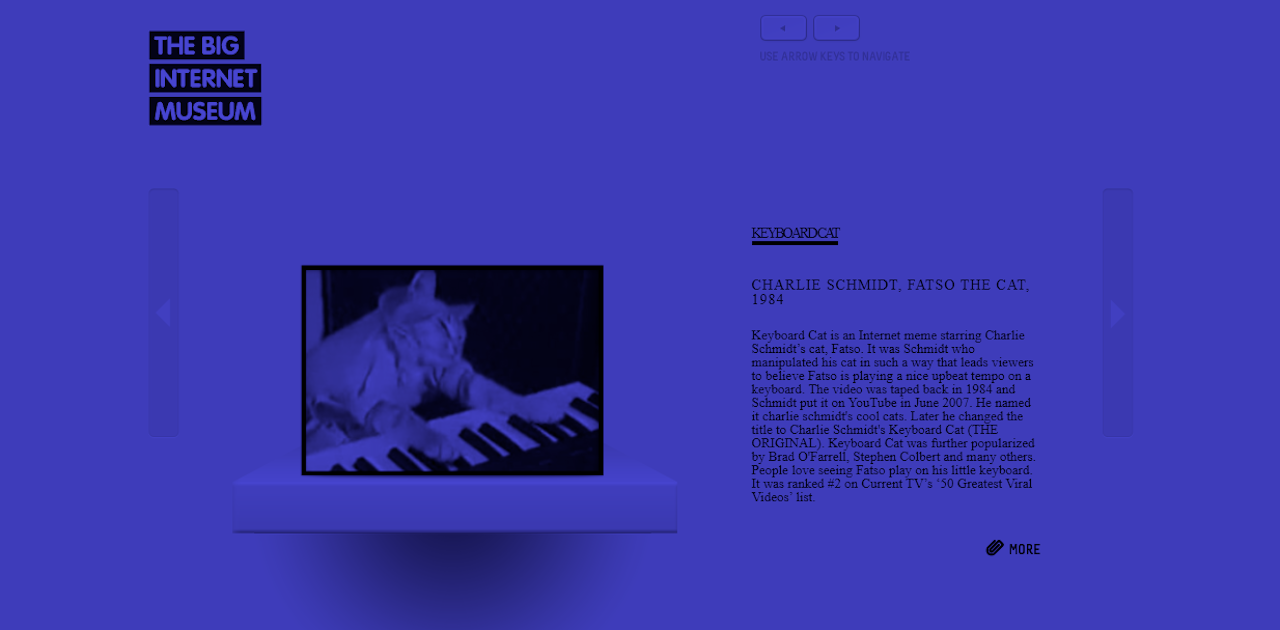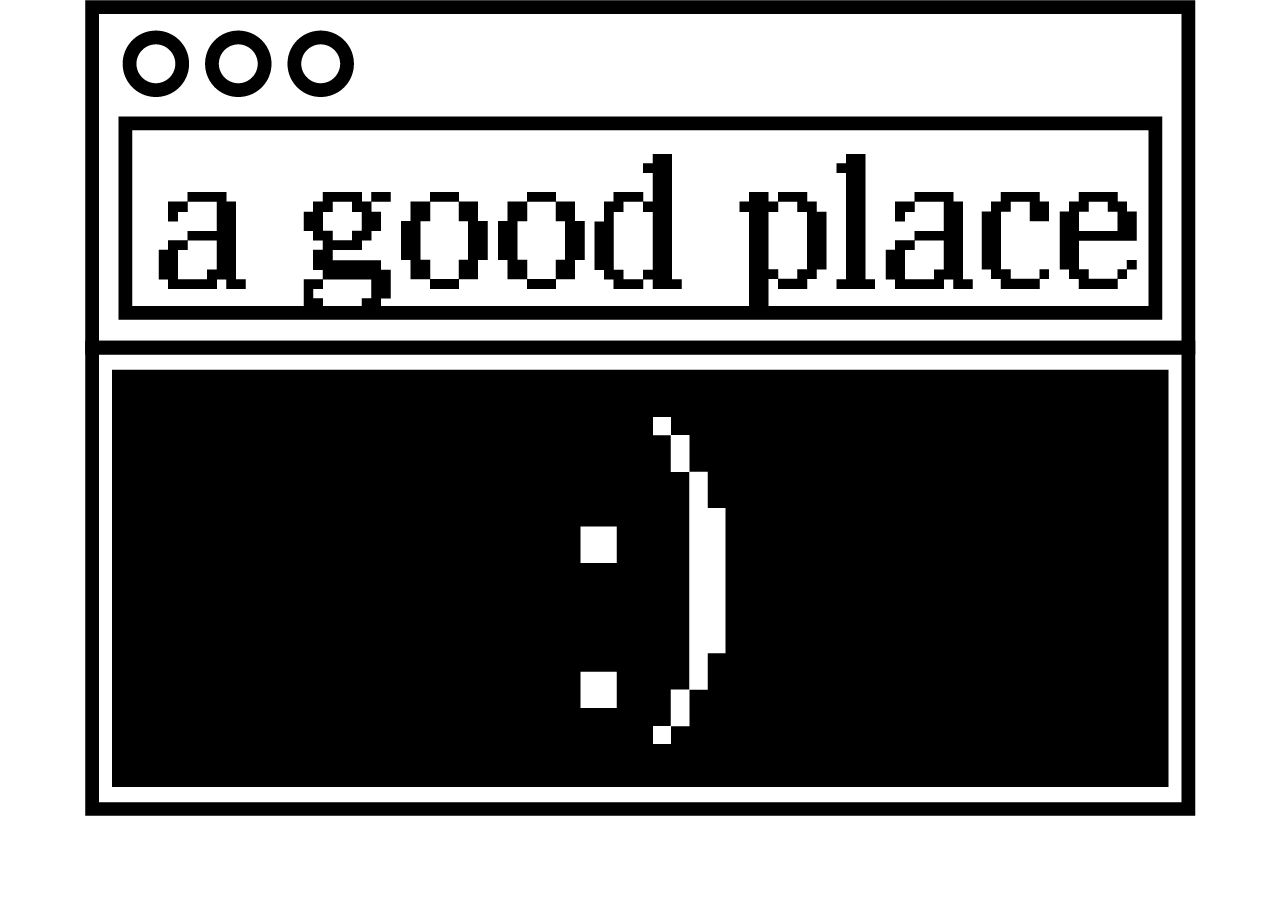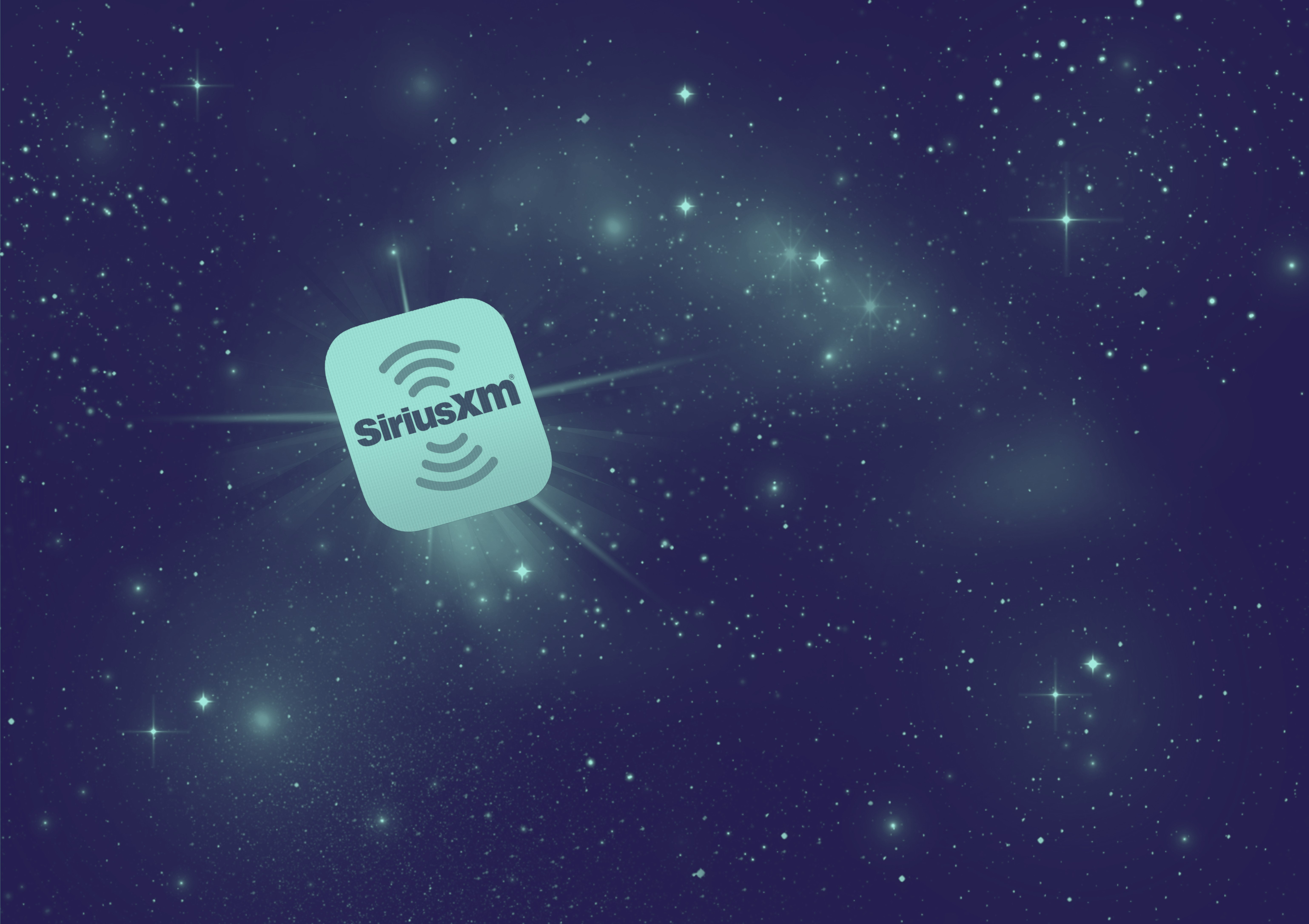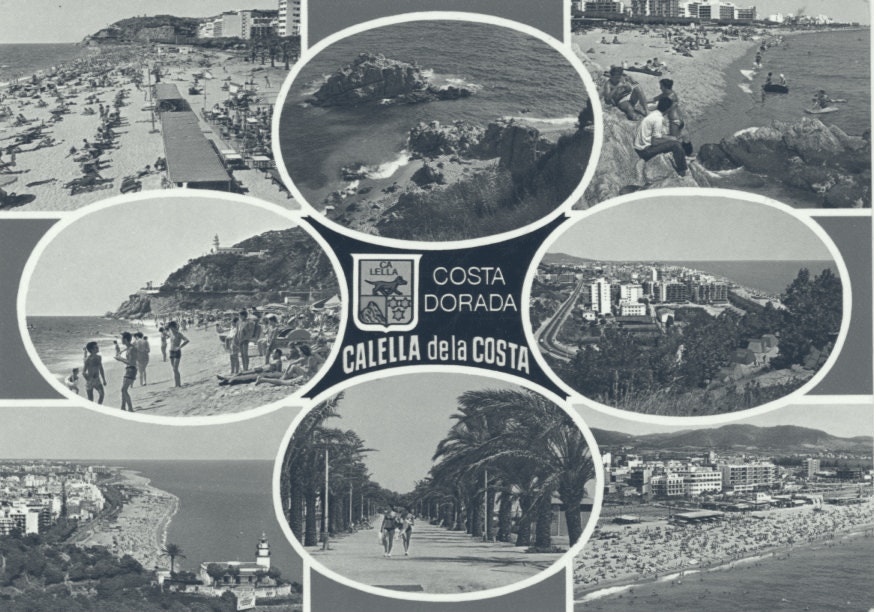but this place is just right.
Which came first, the internet or the Internet?
For the purposes of this pithy (some might say inane) riddle, let’s say that the word’s uppercase variant represents the revolutionary computer networking system pioneered by the American government’s Advanced Research Projects Agency beginning in the late ’60s — the “Internet” as it exists in binary code, wiring, and connections. The internet, then, refers to the publicly available commercial and cultural digital ecosystem as it exists today, from global grassroots organizing on climate change, to Gamergate, to memes of smirking Nazi fuckheads getting entertainingly suckerpunched into next week.
It turns out the Internet as we interact with it, and the consequences and culture of those interactions — the internet — can both be traced to the first commercial website ever registered, a place aptly named Symbolics.com, a website which still stands today. It is the beginning of the internet/Internet, and it’s as fascinating, meta, hopeful, and sad as the universe it helped birth.
While the data interfacing method known as the World Wide Web — the “look” of the internet as most of us know it — wouldn’t make its debut until 1990, a computer manufacturer called Symbolics Inc., had the foresight to nab the first ever commercial domain registration five years prior. An offshoot of M.I.T.’s A.I. Lab, Symbolics specialized in single-user machines running on the Lisp programming language, but by the mid-’90s, had closed shop and filed for bankruptcy. Despite this, the domain name remained registered and online, and the site largely unchanged, for years. The website’s oldest available iteration on the Internet Archive dates back to December 1997, around the time the domain was purchased by Symbolics Technology, Inc. — different from the original Symbolics — which, for a time, provided support and consulting for the machines’ remaining users. That site, a simple HTML text page set atop a background of unflattering grey, explained much pretty everything I just said, albeit alongside a psychedelic fractal .jpeg image. Symbolics.com remains relatively minimalist, albeit miles beyond its original design. So given that the world’s oldest .com domain looks nothing like how it did 35 years ago, what does the “world’s oldest .com domain” even mean, if anything?
The Symbolics site, now owned by a domain investment group called Napkin, currently exists as a cute, rudimentary, sporadically updated museum about the Internet itself. In reality it’s now more mausoleum than museum, a user-submitted crypt housing gravemarkers for dead internet entities alongside reserve plots for our future cultural reference points. There are digital placards for the 56k modem, webcams, and Napster. An entry for “Gangnam Style” is housed not far from emojis, Geocities, and Facebook. The site is designed so that the museum’s newest entries are chosen by visitors, who can vote on submissions based on cookie-enabled Facebook likes. So far Grumpy Cat, The Pirate Bay, and Bitcoin are all tied for The Big Internet Museum’s next showcase, with 22 likes each, with most other suggestions’ support hovers between zero to 10 votes.
What’s more, Symbolics can be a somewhat glitchy experience, almost like a digital haunted house filled with dead-end corridors, relics of bygone eras, and the ghosts of internets past. At one point, I stumbled across a Symbolics page extension taking me to the museum’s first incarnation — a cartoonish street one could scroll through — only to never be able to find it again after accidentally closing my browser tab.
Like the actual company of Symbolics going belly-up due to obsolescence, “The Big Internet Museum” looks to be another victim of falling to its competitors within the “grand marketplace of ideas.” Sites like Know Your Meme are far better repositories of Internet culture and trends, and there now (if somewhat confusingly) exists a separate Symbolics Lisp Machine Museum, dedicated to the computer systems first advertised by Symbolics.com. Even a port of the original Symbolics website circa 1997 currently resides on its own domain.
Much has been written in recent years about our inattention towards archiving informationally and culturally significant aspects of the internet before they disappear, as well as the significance of preserving archaic sites that sit, un-updated and unloved (the classic example of this is the official website for the movie Space Jam). Sites like Archive.org and its Wayback Machine are vital to preserving snapshots of websites as they existed at given points in time, but these efforts only preserve one page at a time; rarely do they show us how these websites functioned, the role they played in the larger web. In the sprint forward into the “Internet of Things” and beyond, older generations of online life will become difficult, if not impossible, to access. Adobe Flash, for example, is set to begin its slow demise starting in 2020. Plenty of sites will handle the transition smoothly, but countless will erode away with no way to access their information.
Symbolics is where the dotcom Internet that we know began, and as we continue moving away from the World Wide Web to an online universe more rooted in connected apps and smart devices, it most like is how it will end — a half-finished self-referential web tourist destination designed with good intentions but without much follow-through.
It’s more happy coincidence than anything else that Symbolics.com has remained online since its creation over three decades ago, and I for one hope that it lives on. Its lack of current-day relevance and history of being shuffled around owners makes that offers its true cultural value, a quasi-failure whose sheer existence serves as a testament to the dotcom history and culture. For now, Symbolics remains alive — that is, at least until its owners’ registry expires on March 16, 2020, one day after Symbolics.com’s 35th birthday. Maybe, as Symbolics hits its mid-30s, someone will finally recognize its true value.












